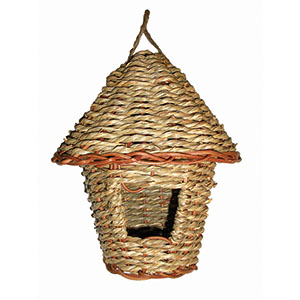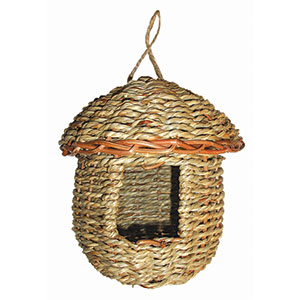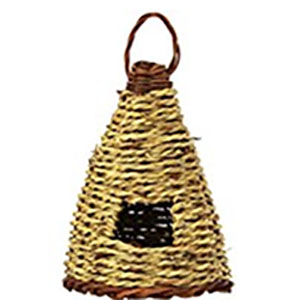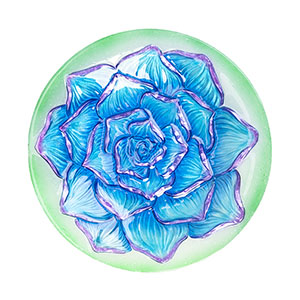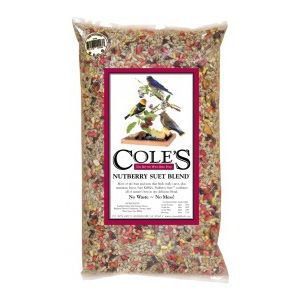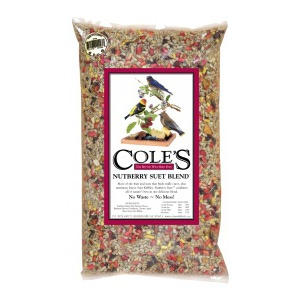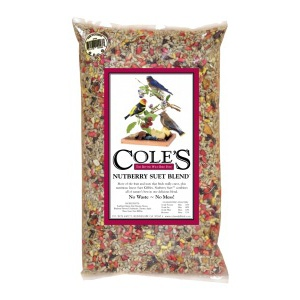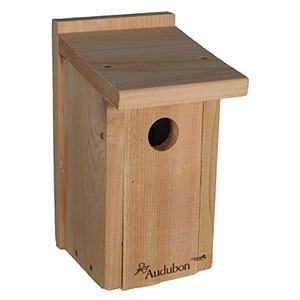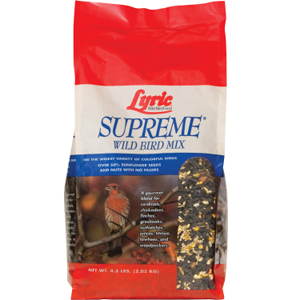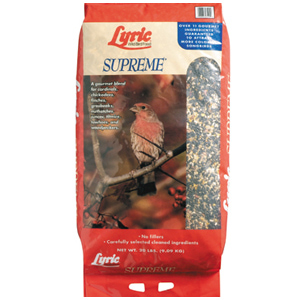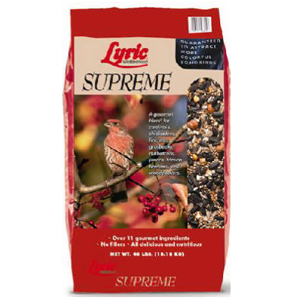March is the month wherein we peer out our windows, looking for
a sign – any sign! – of spring. With each day we cross off the calendar, we
hope for sunny days and returning warmer temperatures. One of the first wild
birds to appear is the American Red Robin. When this beauty roams the ground
for earthworms that move through warming topsoil, we know spring is on its way.
Their sound is unmistakable. Here are some tips to entice the rest of the
flock.
I Am the Entertainer
Billy Joel would be making plans now to install birdhouses
of various types, to draw entertainment from wild bird species out on Long
Island. Not all birds inhabit houses out in the open, but the opportunity is there
for attracting the Purple Martin, whose voracious appetite for flying insects
and mosquitoes will cut down populations throughout the summer months. This
bird lives in colonies in multi-room houses erected on poles at least 12-18
feet into the air.
Being the largest sparrow in North America, Purple Martins
entertain with an air show of speed and agility wherever they nest. Besides a
traditional 6- to 18-room house, homeowners may erect multiple gourds of
various compositions.
Another desired open-space bird species is the Eastern
Bluebird. From Cold Spring Harbor to Arizona, consumers are fascinated with its
beautiful color and unique song. The houses are usually specific in size of
opening, constructed of untreated wood like cedar and hung in lightly forested areas.
Bluebirds are similar to woodpeckers in that they prefer insects (mealworms) as
their chosen food source. Consumers should provide nesting materials nearby for
males to gather and place inside compartments.
Feed the Birds
Walt Disney’s favorite song from Mary Poppins featured the
British word tuppence which was a two pence (penny) bag of bird food. Today’s
bird food options come at a much higher cost, but also a much higher quality. Mary’s
bag of bread crumbs can’t compare to the elaborate mixtures of safflower,
sunflower, pumpkin seed, fruits, nuts, suet kibbles and Niger seed that we have
to offer.
The hardest recommendation to make to the consumer is to
spend a bit more for quality. Since bird food is sold by weight, you can find
cheap seed with lots of fillers and hulls in it. These are almost always
discarded by the birds. The more seed scraps the birds discard to the ground,
the faster the feeder will empty.
Clear bags of bird seed show exactly what you’re buying in
terms of quality and cleanliness. Keep in mind that the broader the variety of
ingredients, the wider range of wild bird species are attracted. And, don’t
forget their friends from the ‘hood might crash the party for their favorite
foods: squirrels, chipmunks, raccoons and bears.
Splish Splash
Bobby Darin’s hit song has all the birds “rub-dub, just
relaxin’ in the tub!” Introducing water to the backyard is critical to
attracting wild birds of all species. It serves two purposes for the birds:
hydration and hygiene. Birds frolic in the water to remove dirt and dust from
their wings, and to keep their body temperature cool during hot and dry days.
There are many styles and compositions to consider. Plastic,
concrete, ceramic, terra cotta are just some types for both standing and
hanging bird baths.
The key to success at home lies in the consumers’ ability to
keep it filled and clean. Bacteria from stagnant water can be harmful to birds
and wildlife. Advise customers to clean their new bird baths frequently with a
pressure hose to quickly remove debris and feces. If mold or sticky film is
present, a weak solution of water and bleach is a simple and fast remedy. Make
sure to allow the bird bath to dry completely before refilling.


